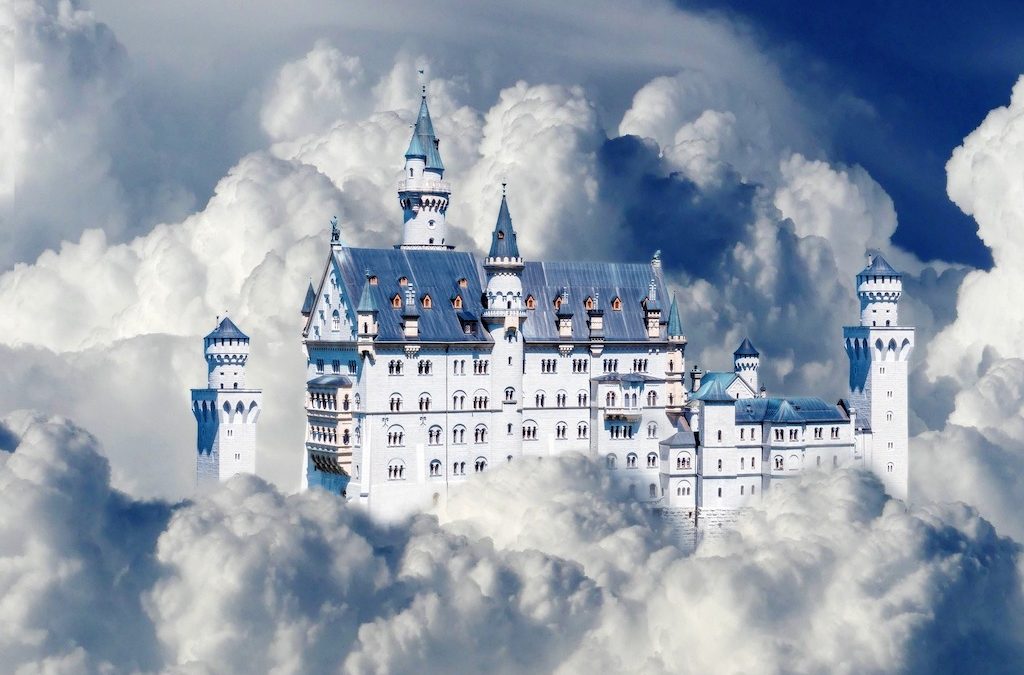To Carlo Rovelli, the Italian physicist and author, all reality is interaction, especially when you are trying to make sense of the world around you.
“We do understand the world better not in terms of things, but in terms of interaction between things, and how things interact with one another,” Rovelli said in an interview earlier this year with On Being.
Rovelli finds this to be true no matter which scientific discipline you’re talking about. With evolution, species change in relation to each other or to the environment—not in isolation. In quantum mechanics, an electron is “a set of jumps from one interaction to another,” writes Rovelli in his book Seven Brief Lessons on Physics. In fact, the electrons’ quantum leaps from one orbit to another give them their sense of being “real.”
Even human beings exist as interactions.
“I don’t think that I, as a person, exist without the rest,” Rovelli told On Being. “I am my friends, my love, my enemies, my — everything that I interact with.”
This, of course, is similar to the Buddhist concept of interdependence, also known as interdependent co-arising. We all owe our existence to many other “things” — or “happenings” as Rovelli would call them. These, in turn, are dependent upon an equally large number of other happenings.
Even a stone, says Rovelli, is an event, although for humans with a lifespan of about 100 years, it can appear very much like a thing. But if we were to live for a billion years, the stone would be just a moment in which sand came together and then fell apart again.
Reality Is Interacting Quantum Fields
Rovelli continues in this vein in his new book, Reality Is Not What It Seems, describing reality as “a world which does not exist in space and does not develop in time.” Instead, reality is a world of “interacting quantum fields”—again, interactions—that give rise to space, time, particles, waves and light.
In this book, Rovelli explores physical reality and the foundations of the universe down to its deepest levels. His story takes readers on a journey showing how our concept of “reality” has changed from the ideas of the ancient Greeks to those of modern physics. In Newton’s time, reality consisted of space, time and particles. In the era of quantum physics, spacetime and quantum fields dominate.
Rovelli also tackles the nature of time, which, like the flatness of the Earth, is an illusion. People thought that the Earth was flat because when they looked around them, it appeared flat. But if they could have seen it on a larger scale—or lived on an asteroid like the prince from The Little Prince—they would have known that it is round.
Likewise, time makes sense at a certain scale, but less so when you move away. Rovelli writes that “before” and “after” don’t always fit when you are talking about two events in the universe.
“Time is an approximate thing, not a fundamental thing in the world,” Rovelli told On Being. “Like up and down. Up and down makes sense here on Earth, but not in space.”
Although Rovelli’s Reality is much longer than the slender Seven Lessons, it shares with it an attempt to turn a poetical eye toward a scientific field of spatio-temporal continuums, gravitational waves, loop quantum gravity and other abstract ideas. Which is exactly how Rovelli aims to keep it.
“Our culture is foolish to keep science and poetry separated,” writes Rovelli in Reality, “they are two tools to open our eyes to the complexity and beauty of the world.”
Final Thoughts on Reality
You are me, and I am you.
Isn’t it obvious that we “inter-are”?
You cultivate the flower in yourself,
so that I will be beautiful.
I transform the garbage in myself,
so that you will not have to suffer.
I support you;
you support me.
I am in this world to offer you peace;
you are in this world to bring me joy.
~ from Call Me by My True Names: The Collected Poems of Thich Nhat Hanh, by Thich Nhat Hanh


